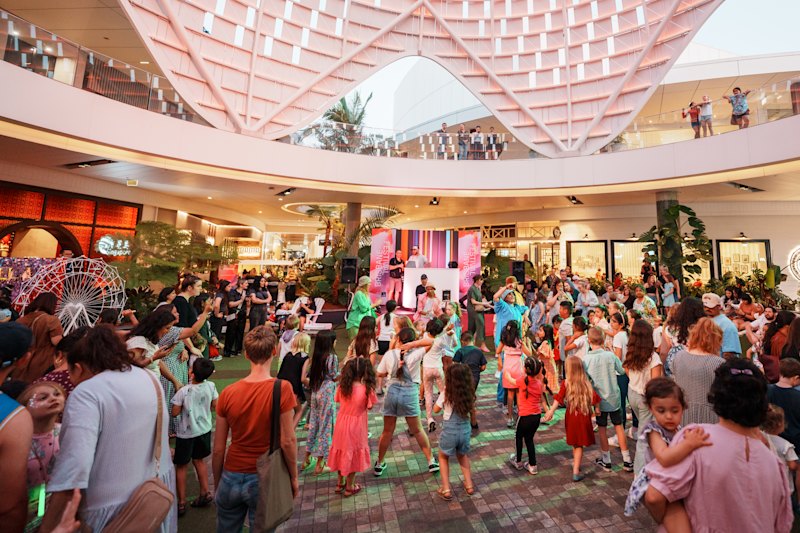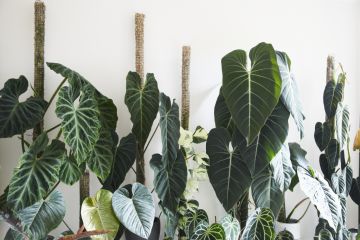LED lighting 101

LEDs last longer
According to the Australian government’s Your Energy Savings website, light-emitting diode (LED) globes are generally four to five times more efficient than their typical incandescent and halogen counterparts. Sure, they initially require a little more cash outlay, but over time, LED lighting means you’re being an eco-saviour (they use very little energy) and you won’t have to change a light bulb for ages. Whereas an incandescent bulb might have an average rated life (ARL) of 750 to 2000 hours, an LED can burn from 20,000 to 40,000 hours.
Spotlights
Spotlights are increasingly popular in modern homes and can add glamour and class to your living space. In the past, LED lights were incompatible as a replacement for halogen spotlights, but times have changed. Today, so many stylish and energy-efficient options exist for all kinds of lighting, including spots. New technology also now enables LEDs to respond to dimmer switches. (Older LED lights may not work as well with dimmer mechanisms, but they’re still better than incandescent bulbs: in addition to the above advantages, LED light also tends to be much softer.)
Choosing the right bulb
Contrary to what most of us understand, the measure of brightness isn’t wattage – it’s lumens. (Wattage is the amount of energy required to power an electrical device.) But without getting too technical, what you want to know when choosing an LED is which one you need to buy to match the wattage you’re accustomed to with an incandescent light. Most LED lights have a brightness indicator, usually shown as a comparison to incandescent lighting. But to make it super-easy, here’s what you’re looking for:
- soft lighting for bedrooms: 40W traditional incandescent bulb = 4 to 5W LED
- spotlight: 60W traditional incandescent = 6 to 8W LED
- brighter light for kitchens: 100W = 16 to 20W LED
Cool fact
LED bulbs contain no mercury.
Saving money and energy ensures the future of our planet, so think smart and use LED lighting where and when you can. And if you want to save even more energy, be sure you turn any lights off when you’re not in the room.
We recommend
We thought you might like
States
Capital Cities
Capital Cities - Rentals
Popular Areas
Allhomes
More
- © 2025, CoStar Group Inc.







